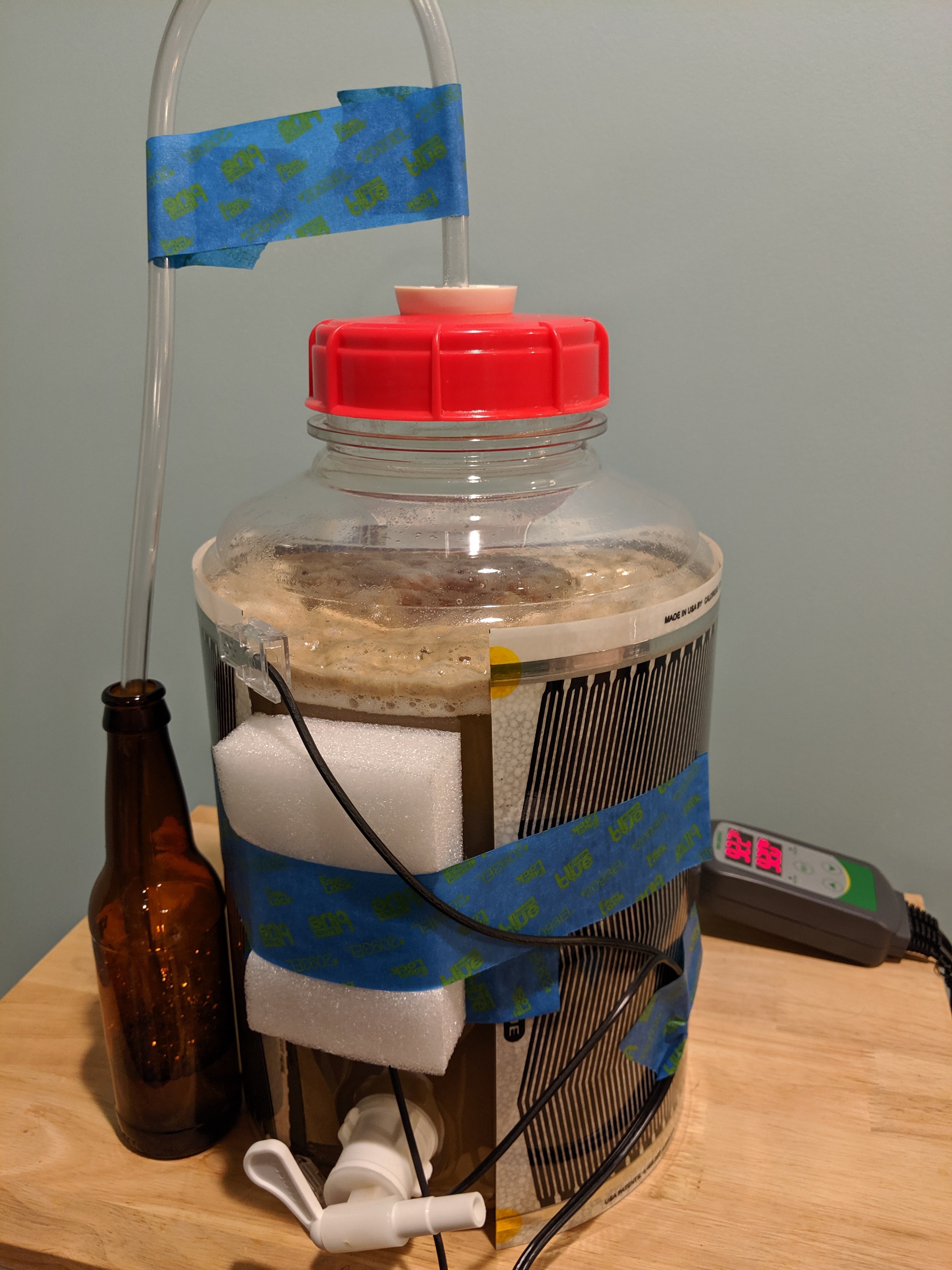blasterooni
PIpe line is now well established
I've started a 3 gallon batch of cider using a gallon of gravenstein apple juice, and 2 gallons of Hansens from the local grocery store. I decided to try Belle Saison yeast to see about these spicy notes its known for. I want the OG to be 1.063, which is perfect for the 11g pack of yeast per the Lallemande pitch rate calculator. I wrapped the juice-filled carboy with a fermawrap heater and wrapped that in mylar bubblewrap (the stuff that comes with a grocery order from Amazon), and set the thermostat to 85 degrees Fahrenheit to bring the temperature to 85 before I pitch the yeast. This morning, the temp is at 82, which is close enough for pitching. My intention is to keep the temp steady throughout the entire fermentation process all the way to bottle conditioning. The recipe is nothing special; I added 1 1/2 cups brown sugar, and 1 cup of table sugar. I'll check the gravity before pitching and adjust if needed to achieve 1.063 give or take a point or two. I almost forgot! I'll have to account for the temp of the juice too, I will have to add 0.003 to the number, so 1.060 is the target on the hydrometer.




